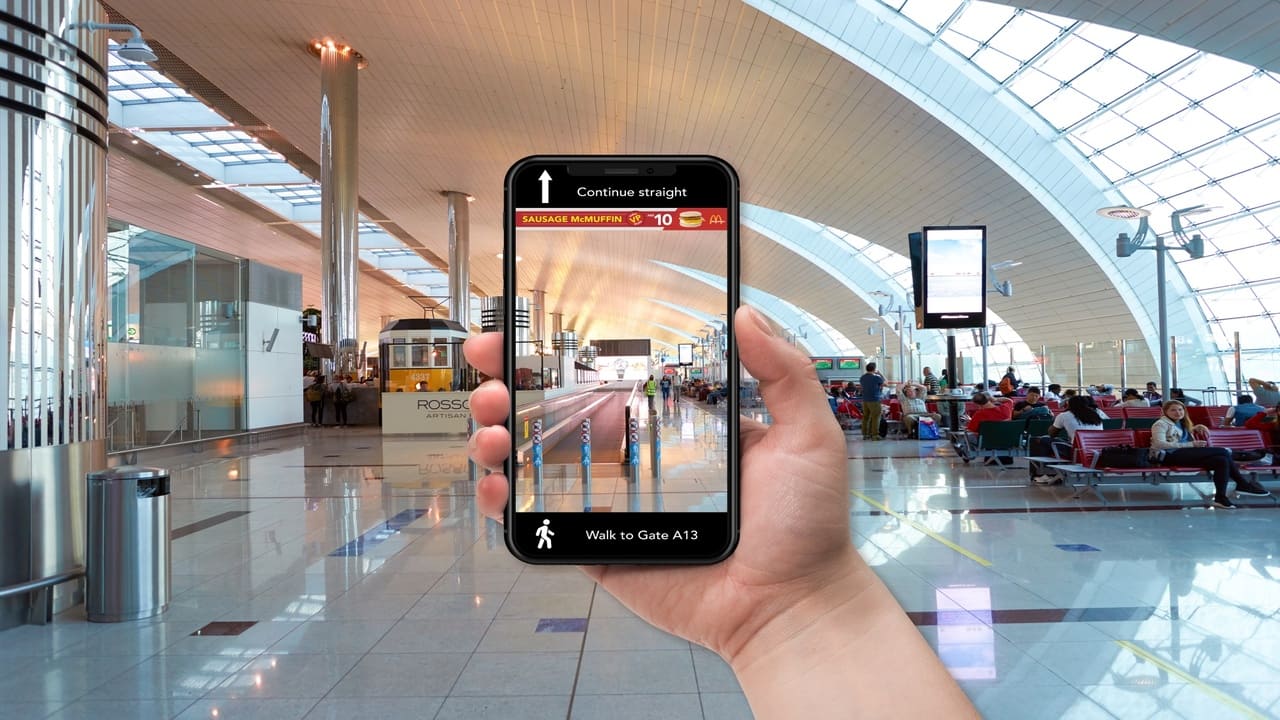
The Berkshire Mall – In recent years, the concept of wayfinding has evolved far beyond static maps and printed directories. With the rapid advancement of smartphones and smart building systems, wayfinding apps have become powerful tools that enhance how people navigate complex spaces. Shopping centres, often vast and multi-level, are among the environments most transformed by this digital convergence.
For visitors, wayfinding apps offer real-time navigation that eliminates confusion and stress. Instead of relying on trial and error, customers can receive step-by-step guidance to stores, restrooms, or exits. This not only improves convenience but also reshapes the perception of shopping centres from overwhelming spaces into places designed with user-friendly experiences at their core.
One of the most significant impacts of wayfinding apps lies in improving accessibility for individuals with visual or physical impairments. These groups often face challenges in navigating unfamiliar environments, and traditional signage may not provide sufficient support. With features such as voice-guided directions, screen reader compatibility, and haptic feedback, wayfinding apps bridge the gap between physical limitations and independent mobility.
For those with physical impairments, wayfinding apps can highlight barrier-free routes, ramps, elevators, and accessible facilities. This ensures that shopping centres are not only inclusive but also proactive in anticipating diverse needs. The convergence of personal technology and smart building infrastructure has made it possible to offer tailored guidance that empowers users rather than isolates them.
Read More : Entertainment and Culture in the Era of High-Tech Malls
Wayfinding apps achieve their full potential when paired with smart building systems. Beacons, Wi-Fi triangulation, and IoT sensors within a shopping centre can provide real-time data about crowd density, escalator functionality, or temporary closures. This information feeds into the app, enabling it to reroute visitors dynamically to the most efficient or accessible path.
For shopping centre operators, the integration of smart technology also creates operational benefits. They can monitor traffic flow, identify accessibility bottlenecks, and make informed decisions about facility improvements. In this way, wayfinding apps serve both the individual user and the larger infrastructure, aligning personal convenience with building-wide efficiency.
Accessibility is not just about compliance; it is about elevating the shopping experience for all visitors. Wayfinding apps reduce the time spent searching for stores, create smoother journeys, and even enhance safety by providing emergency evacuation routes tailored to individual needs. For families, elderly shoppers, or tourists unfamiliar with the layout, these apps are invaluable in reducing frustration and increasing enjoyment.
The introduction of augmented reality (AR) into wayfinding further enriches the experience. Shoppers can hold up their phone cameras and see digital arrows guiding them through hallways or across multiple levels of a mall. This blend of digital and physical navigation strengthens the connection between shoppers and their environment, turning a practical tool into a seamless extension of the retail journey.
Wayfinding apps also deliver tangible benefits to businesses within shopping centres. By improving navigation, these apps increase foot traffic to lesser-known stores, distribute visitors more evenly, and encourage exploration. For retailers, this means more opportunities to connect with customers who might otherwise bypass their location.
From a community perspective, accessible wayfinding demonstrates a commitment to inclusivity. Shopping centres that adopt such technologies send a message that they value every visitor, regardless of ability. This creates stronger bonds of trust and loyalty, positioning the mall not only as a commercial hub but also as a community space where everyone feels welcome.
Also Read : ROSÉ Proves She’s a Musical Powerhouse on Howard Stern Show
Rather than ending with a conclusion, it is more compelling to look at the future of wayfinding apps in the broader context of smart cities. As urban areas embrace digital infrastructure, shopping centres are only one piece of the puzzle. Transportation hubs, healthcare facilities, universities, and public spaces will increasingly rely on similar systems to improve accessibility and efficiency.
In the near future, wayfinding apps could connect seamlessly across environments. A person leaving their home might use the same app to catch a bus, navigate through a train station, and then continue their journey inside a shopping mall. The convergence of personal technology and urban infrastructure suggests a world where accessibility is universal and frictionless. For individuals with impairments, this represents not only convenience but also greater independence and dignity.
Wayfinding apps are therefore not just tools for retail they are stepping stones toward inclusive smart cities, reshaping how people of all abilities interact with the built environment.
This Article About Wayfinding apps Written by: Sarah Azhari | Editor: Micheal Halim
Information Source: thinkingthefuture.com